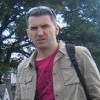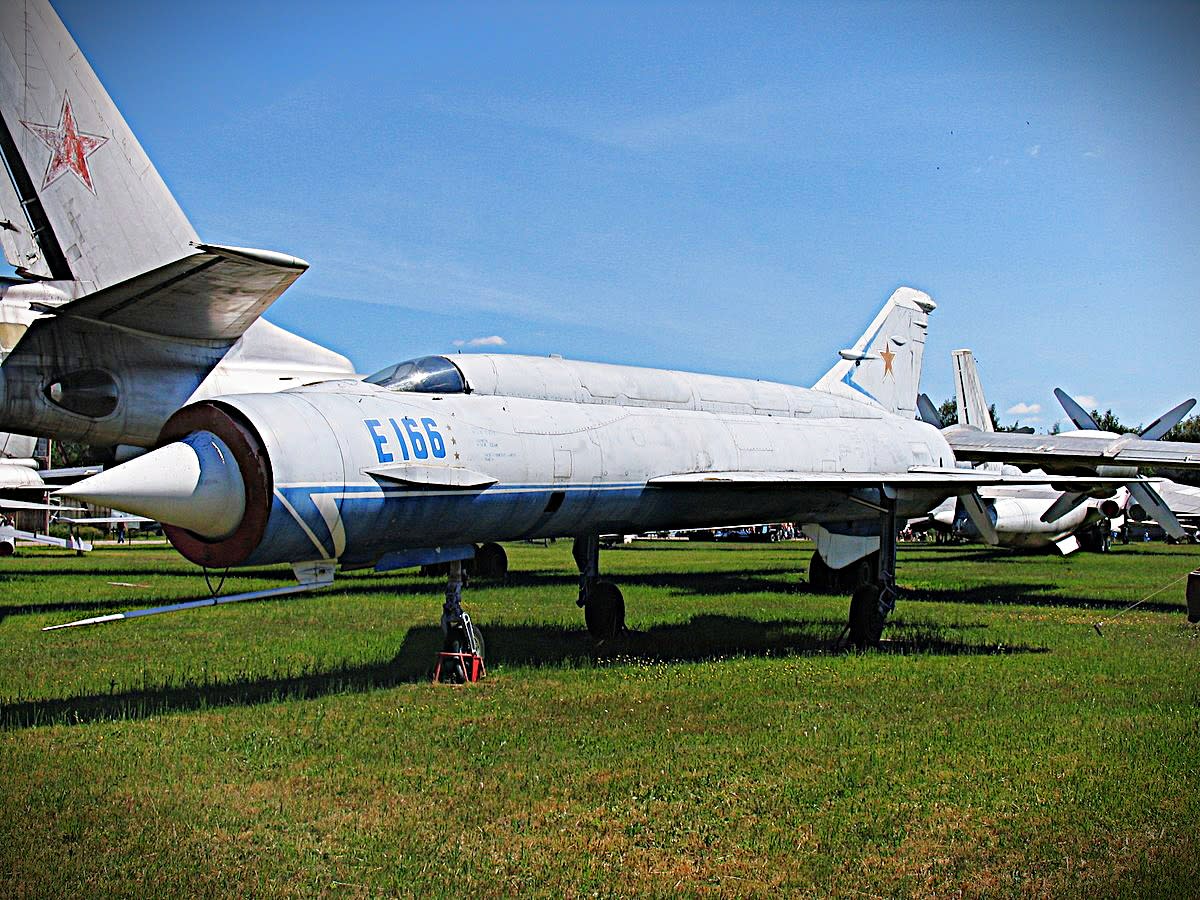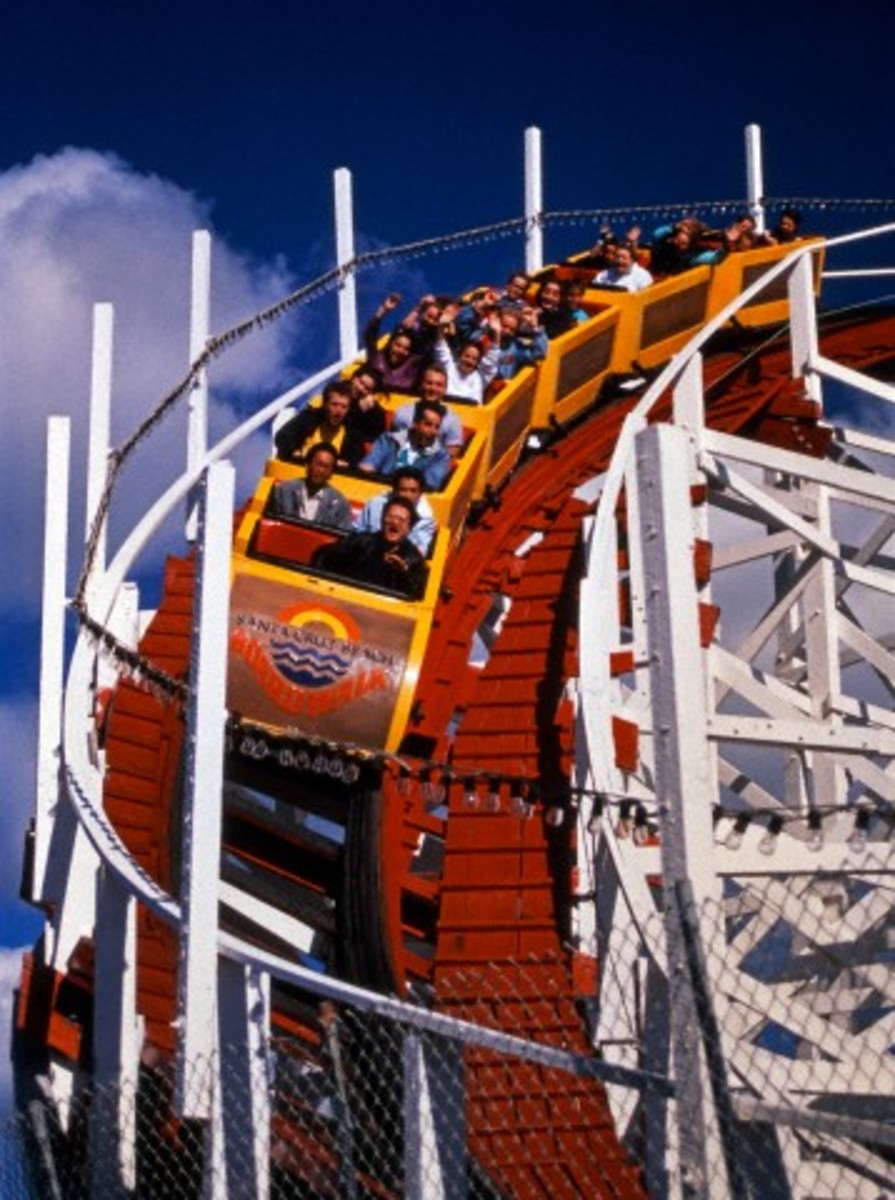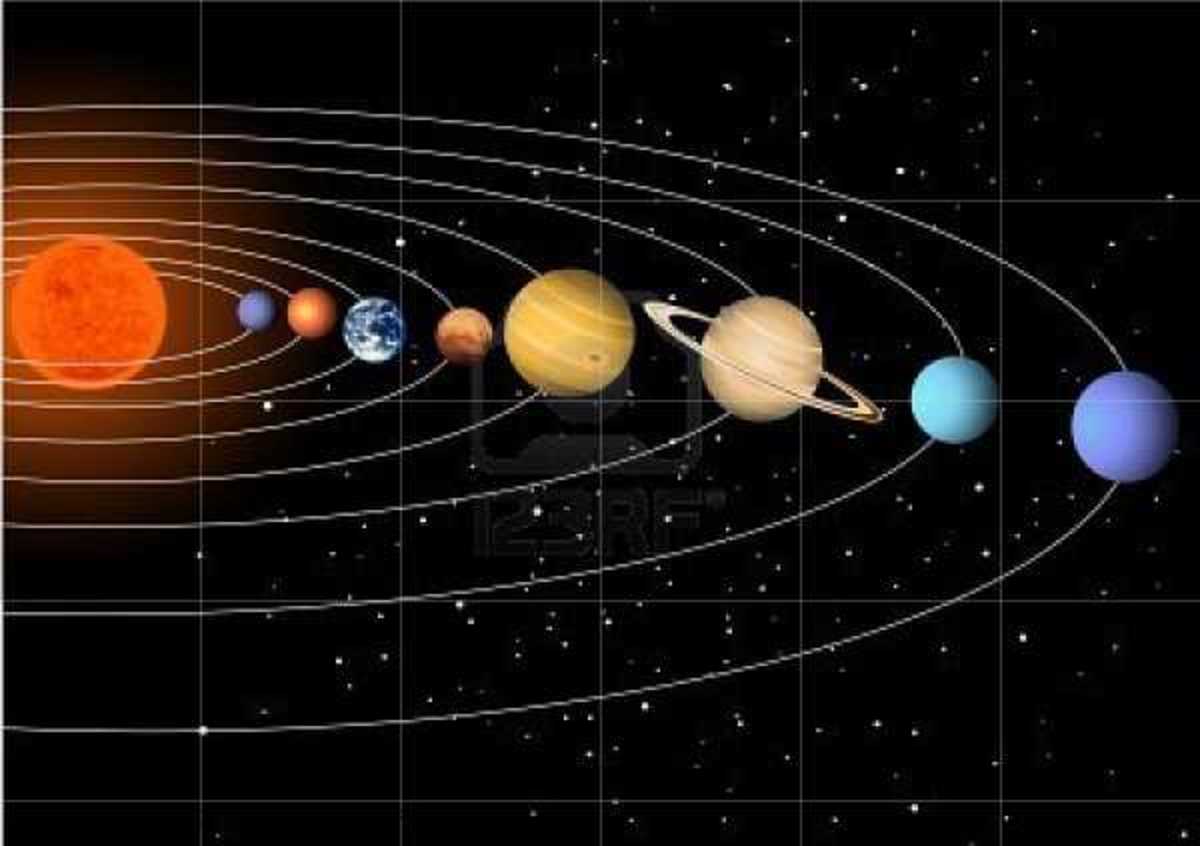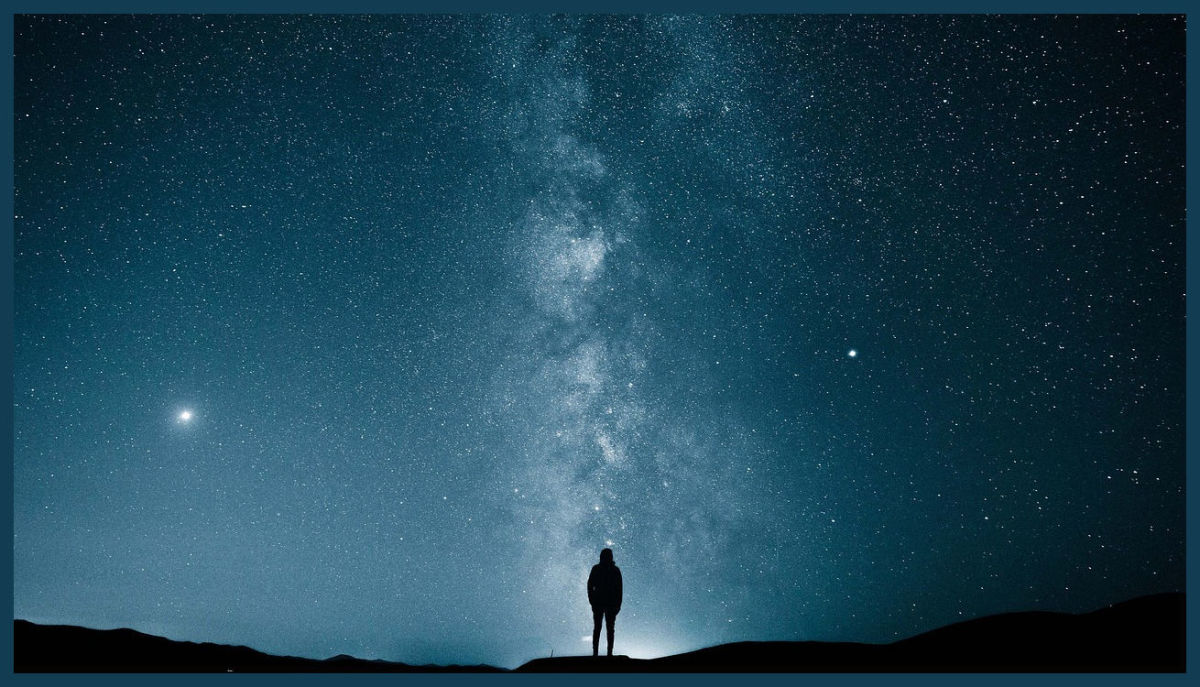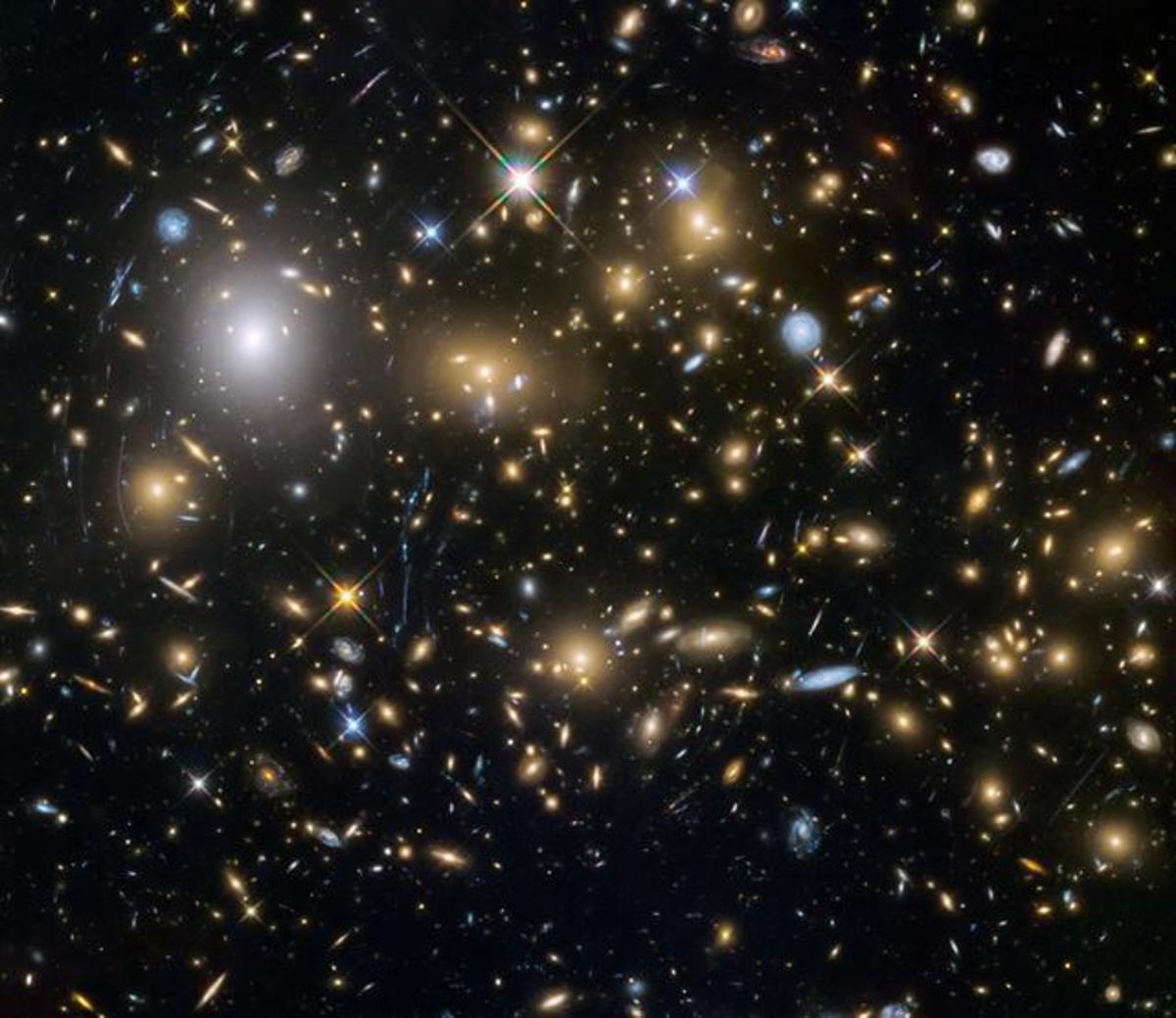By the speed of sound (free fall from the edge of space)
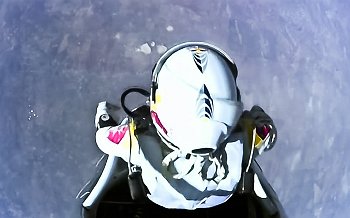
People have always looked for the extraordinary achievements. The human spirit, guided by such a goal, is ready to overcome all obstacles and to resolve all difficulties. It is especially appealing to be the first one who reach some extra attainment.
It was the big challenge to be the first person who climbed the highest peak on the world, Mount Everest. On 29 May 1953, Sir Edmund Hillary, a New Zealand mountaineer and Nepalese Sherpa mountaineer Tenzing Norgay become the first climbers having reached the highest peak on the Earth. No less challenging is to make first flight in the space and to stand on the Moon. The first who did it were a Soviet cosmonaut Yuri Gagarin (1961) and an American astronaut Neil Armstrong (1969).
These days we witness another venture of such a range. Felix Baumgartner, an Austrian skydiver and BASE jumper, jumped from a height from which no one has ever jumped, from the altitude of 39km – the altitude that is called the edge of space.
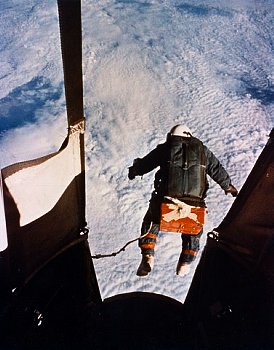
Jump from the edge of space (39 km)
On 14 October 2012, Felix Baumgartner jump to Earth from the helium balloon in the stratosphere at the height of 39 kilometers. More precisely, the altitude was 39045 meters (128100 feet). On that occasion, Felix set a few world records:
-
he set the altitude record for a manned balloon flight,
-
he performed parachute jump from the highest altitude,
-
and he achieved greatest free fall velocity as a human being.
Although the jump were very well prepared, of course it was very risky and dangerously. No one human jump from such a height ever. The previous record was set by an American command pilot Joseph Kittinger in 1960, when he jump from 31 kilometers. This project is financed by Red Bull company and it is called Red Bull Stratos. The company invest 10 million USD in this project while the income was 6 billion (source: Jutarnji list, 20 October 2012). His mentor for this jump was Joe Kittinger, the previous Record Holder.
Video 1 shows the jump. Felix reached the maximum speed of 1342 km/h during 4:19 minute long free fall. Comparing with previous record, Baumgartner was in free fall 17 seconds shorter of his mentor Joseph Kittinger's 1960 jump.
Without any dilemma Felix's jump is an extraordinary adventure, that makes him a genuine hero. Once we watch the jump on video, in our impression we might forget the hard job preceding the achievement, both of Felix and his team. Surely, it was very hard to achieve such a feat. In an interview Felix said that he faced a severe doubt whether he can do it (source: Vecernji list, 3 November 2012, online edition). This could be a great lesson and encouragement for everyone. If a genuine here had some doubt than one can succeed in spite of qualm, lack of self-confidence or other barriers.
Felix's jump to Earth from the height of 39 kilometers
Other Felix's jumps
Felix Baumgartner is a very successful skydiver and BASE jumper, the holder of a few world record. He already has many successful jumps in extreme conditions. One of these adventures is the jump into the second largest cave in the world. The cave is deep 105 m and it's shaft is 25 m wide. Felix hat to open his parachute after only two seconds in order to secure the save landing. Video 2 shows this and few other jumps and skydives.
Felix's top 5 free falls

Free fall
The free fall is a type of uniformly accelerated motion, caused by gravitational force. Under this term we usually mean the Earth's gravitation. Essential characteristics of this motion is that every time unit the speed increases for the same amount, and in the case of Earth this amount is slightly less than 10 meters in a second. So, if a body starts to fall, at the end of first second it's speed will be 9.81 m/s. Furthermore, the body will reach 19.62 m/s in 2 seconds, 29.43 m/s in 3 seconds etc. The increase in every second will be the same, which is expressed by the value of gravitational acceleration, g=9.81 m/s2. The value referes to the Earth's surface. Otherwise, the greater distance from the Earth, the smaller value of g. More precisely, the distance referes to the center of the Earth, which means that g slightly depend on the position on a geographic coordinate.
Table 1 shows the speed of the free falling body in theoretical case without taking into account the air resistance. One can note that Felix's speed is smaller than theoretical one. This can be explained by the fact that there were some resistance even on this altitude and the value of g is smaller. (Read more about free fall...)
time (s)
| velocity (m/s)
| velocity (km/h)
|
|---|---|---|
1
| 9.81
| 35.32
|
2
| 19.62
| 70.63
|
3
| 29.43
| 105.95
|
4
| 39.24
| 141.26
|
5
| 49.05
| 176.58
|
10
| 98.10
| 353.16
|
60 (1 min)
| 588.60
| 2118.96
|
120 (2 min)
| 1177.20
| 4237.92
|
180 (3 min)
| 1765.80
| 6356.88
|
240 (4 min)
| 2354.40
| 8475.84
|
Table 1. Increase of the speed vith time, in an theoretical free fall (without any air resistance and with constant gravitational acceleration)
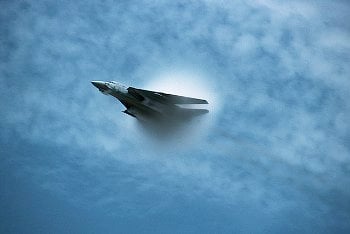
"I love a challenge, and trying to become the first person to break the speed of sound in freefall is a challenge like no other"
Felix Baumgartner
(source www.redbullstratos.com/the-team/felix-baumgartner).
The speed of sound
"I love a challenge, and trying to become the first person to break the speed of sound in freefall is a challenge like no other", Felix Baumgartner
(source http://www.redbullstratos.com/the-team/felix-baumgartner).
When Chuck Yeager take off with his aircraft above the desert Mojave in California, nobody knew what would happen. The day was 14 October 1947. Yeager's craft were accelerated and finally the goal was achieved. Chuck Yeager became the first person in history who break the speed of sound!
On the same day, on 14 October, but 65 years letter Felix Baumgartner decided to become the first person in history who break the speed of sound in freefall. Again, no one could be sure what will happen. Everything was well prepared and Felix successfully completed two tests, from 21 and 29 kilometers, but anyway it was very risky venture. On 14 October 2012, Felix Baumgartner successfully jumped from 39 kilometers and in freefall he reached the speed of 1342 km/h. Thus, he became the first person who break the speed of sound in freefall!
It is worth mentioning that the break of speed of sound is a visible phenomenon! (see photo) Namely, the white halo consisting of condensed water droplets is formed in the moment of breaking the speed. This phenomenon is caused by the sudden drop in air pressure, once when craft achieve the speed greater than the speed of sound.
Sound
Sound is a mechanical wave that is transmitted through a medium by an oscillation of pressure. Sound can spread throughout different materials. Besides air and water it can be any other elastic medium, metal etc. Approximately, in dry air at 200C the speed of sound is 343.2 m/s i.e. 1236 kilometers per hour.
Our subjective experience of sound is determined with three of its properties. These are loudness, pitch and quality. Thus we differentiate sounds by loudness, by pitch as well, and by quality; and they are basic characteristics of a sound. For example if the same music or note is played by piano and guitar – they can have the same loudness and the same pitch but for sure different quality.
Each of this subjective characteristics of sound can be precisely measured by a certain physical unit of measure. Loudness of sound is determined by its intensity (with unit W/m2). The frequency (with unit Hz) of sound human ear experiences as pitch. Our sense on quality of sound depend on harmonics of sound. For example, a pure tone is a sound without any harmonics i.e. with only one mode of oscillation. Such a sound can be produced by a tuning fork or electronic signal generator. However, pure tone is not pleasurable for human ear but tune with more modes of oscillation (we called them harmonics).
An interesting experience with the speed of sound is the phenomenon that we firstly see a thunder and than, after a certain time, we hear if. Furthermore, one is probably experienced an echo – reflection of the sound wave from some barrier.
Case study
What is the value of gravitational acceleration at the altitude of 39 kilometers? We knew that the Earth mass M is 5.98*1024 kg and gravitational constant G is 6.67*10-11 Nm2kg-2. According to the definition of gravitational acceleration, for the value of g' at the height h it holds mg'=GmM / (R+h)2.
The next calcuation gives us the result. Obtained value of g' is 9.71 m/s2, which is around 1% less than the value at the Earth's surface.
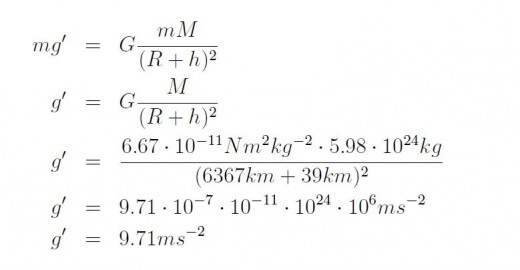
Summary
- The previous free fall record was set by an American command pilot Joseph Kittinger in 1960, when he jump from the altitude of 31 kilometers.
- On 14 October 1947 Chuck Yeager became the first person in history who break the speed of sound.
- On the same day, 14 October, but 65 years later, Felix Baumgartner became the first person in history who break the speed of sound in free fall.
- The previous Record Holder, J. Kittinger was the mentor of Felix in this acievement.
